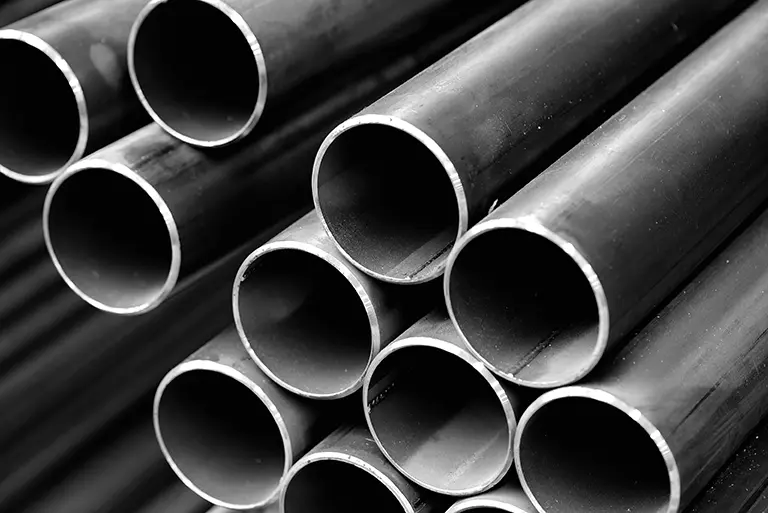
Flare Free FPSO

Baker Hughes will supply compression solutions to Saipem for TotalEnergies’ Kaminho Floating Production Storage and Offloading (FPSO) project in Angola. Baker Hughes’ centrifugal BCL compressor and Integrated Compressor Line (ICL) technology will be used to minimize emissions, eliminate routine flaring, and reinject associated gas into the reservoir for storage.
The Kaminho FSPO project is the first large deepwater development in the Kwanza basin and comprises the conversion of a Very Large Crude Carrier (VLCC) to an FSPO unit which will be connected to a subsea production network. Designed to minimize greenhouse gas emissions and eliminate routine flaring, this FPSO is all-electric and associated gas will be fully reinjected into the reservoirs. Production start-up is expected in 2028, with a plateau of 70,000 barrels of oil per day.
“The all-electric Kaminho FPSO project in Angola is a key example of sustainable energy development whereby the project will provide critical energy supply to the country, leveraging proven technology to lower its overall carbon footprint,” said Alberto Matucci, vice president, Gas Technology Equipment, Industrial & Energy Technology at Baker Hughes.
TotalEnergies, along with its partners Petronas and Sonangol, made the final investment decision (FID) on the project in May 2024. The project will develop the Cameia and Golfinho fields, located 62 miles (100 km) off the coast of Angola, at a water depth of 5577 ft. (1700 m).
Saipem was awarded three contracts associated with the project. The first contract is for the engineering, procurement, construction, transportation, and commissioning of the Kaminho FPSO vessel. The second contract entails the operation and maintenance of the vessel for 12 years, with a potential 8-year extension. The third contract involves the engineering, procurement, supply, construction, installation, pre-commissioning, and assistance for the commissioning and start-up of subsea flowlines, risers, and umbilicals. The associated structures will be fabricated in Saipem’s local yard in Ambriz, Angola.









